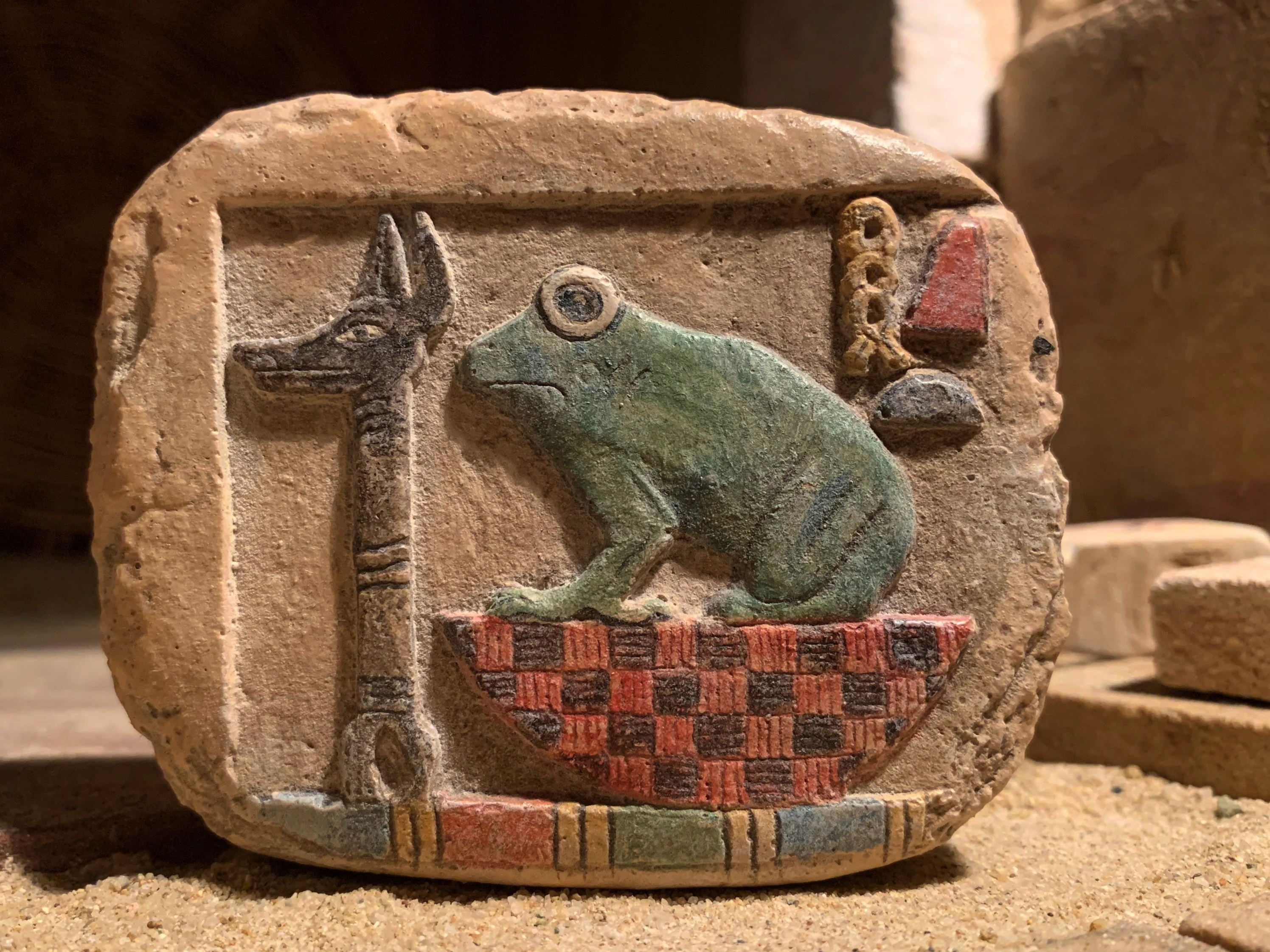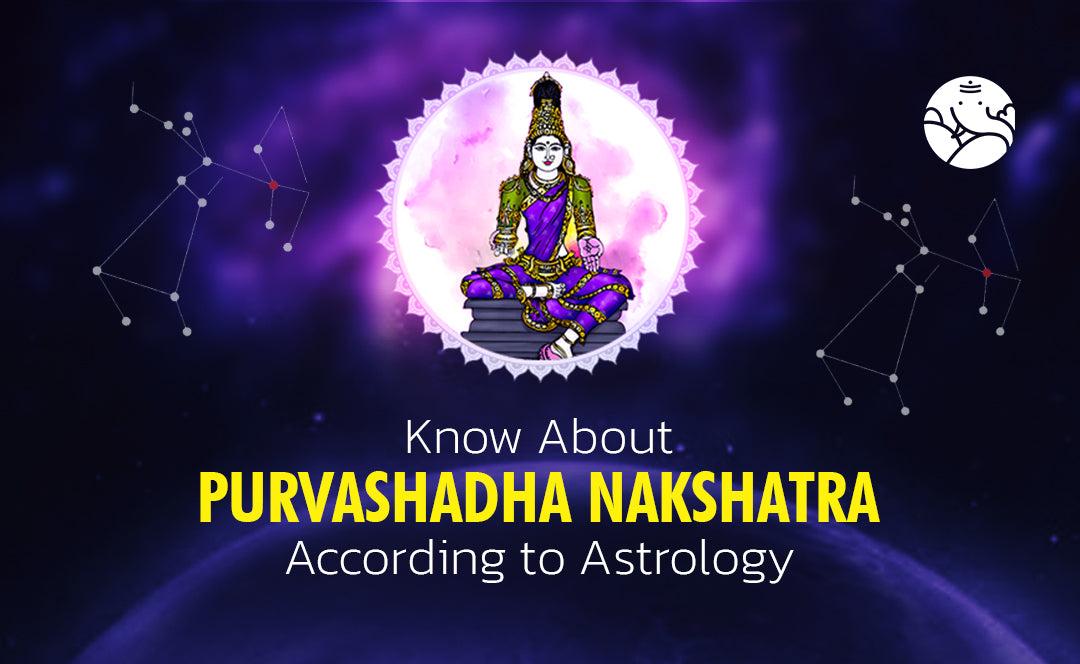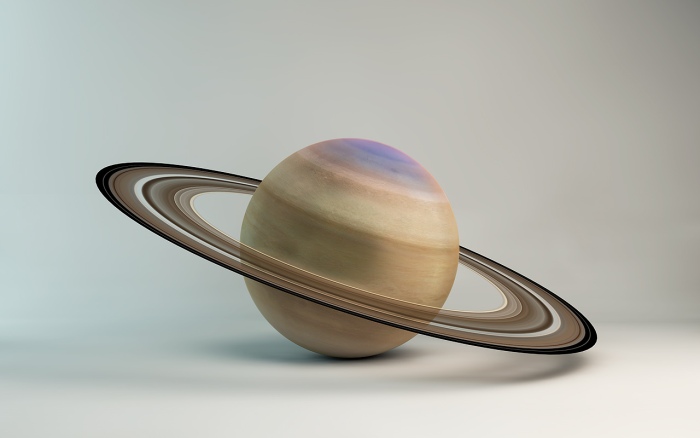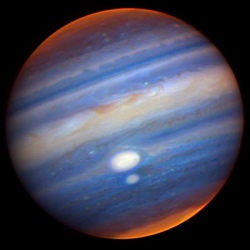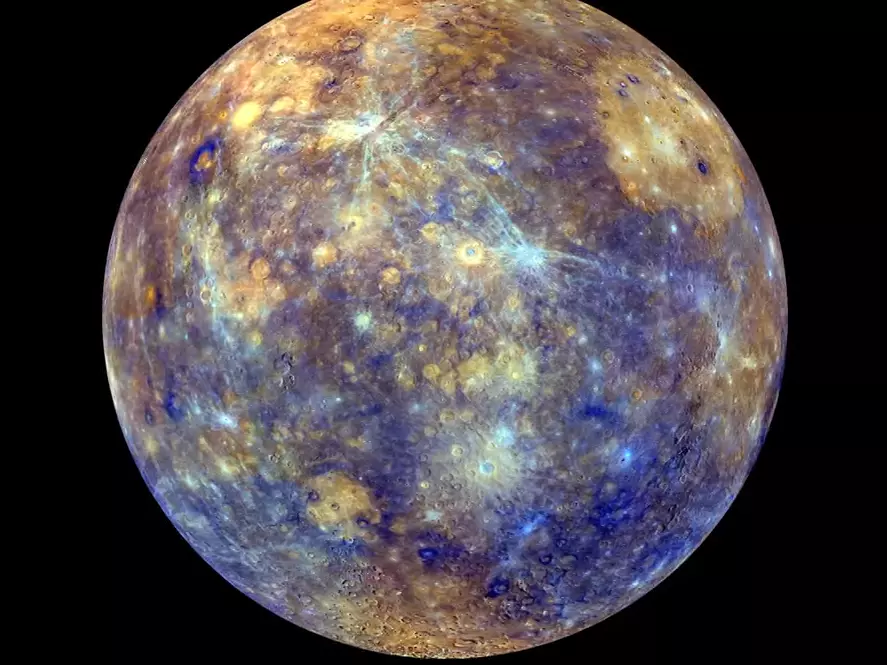![]()
The #Ashta #Lakshmi are a group of eight forms of the #Goddess Lakshmi, each associated with specific attributes and blessings. These forms are:
![]()
#Adi Lakshmi
Adi Lakshmi, also known as Moksha Pradayani, is the primordial form of the Goddess Lakshmi, symbolizing the ultimate goal of life — liberation from the cycle of death and rebirth. Her name is derived from “laksh,” signifying understanding, knowing, and life’s objectives. Adi Lakshmi is portrayed as a compassionate deity, wearing gold jewelry and seated gracefully on a pink lotus.
In her iconography, Adi Lakshmi is depicted with four hands, each carrying symbolic significance. One hand displays the Abhaya mudra, a gesture of fearlessness, signifying her protection and guidance. Another hand displays the Varada mudra, symbolizing the granting of boons and blessings to those who seek her aid. She also holds a lotus, symbolizing enlightenment and the duty to uphold righteousness even in challenging circumstances. The fourth hand clasps a flag, representing surrender to the Divine.
Adi Lakshmi is revered for her boundless compassion and readiness to assist those who earnestly strive toward life’s ultimate spiritual aim — liberation. She serves as a guiding light on the path to Moksha, helping individuals realize their true purpose and attain freedom from the cycle of birth and death.
![]()
#Dhana Lakshmi
Dhana Lakshmi, the second form of Ashta Lakshmi, is a bestower of various forms of wealth, be it materialistic, physical, or knowledgeable wealth, to her devoted followers.
Iconographically, Dhana Lakshmi is adorned with exquisite jewelry and gracefully seated upon a pink lotus. She is depicted with six hands, each holding specific attributes, including a discus, a conch, a bow and arrow, a water pitcher, a lotus, and her palm in the Abhaya mudra with gold coins flowing from it.
She is recognized as the embodiment of wealth in the universe and offers her blessings to those who demonstrate the determination to overcome the challenges of the mind and persevere on their chosen path.
![]()
#Dhanya Lakshmi
Dhanya Lakshmi, the third form of Ashta Lakshmi, embodies the blessings associated with agriculture and the indispensable gift of food. The name “Dhanya” signifies being blessed, and Dhanya Lakshmi bestows the great fortune of agricultural wealth upon her devoted followers. In return, devotees express their gratitude by paying homage to her before partaking in meals and selflessly sharing food with those in need.
Portrayed in attire of lush green, symbolizing growth, renewal, and the abundance of agricultural prosperity, Dhanya Lakshmi is seated gracefully on a pink lotus. Iconographically she is represented with eight hands, each carrying specific attributes. These include hands in the Abhaya mudra and Varada mudra, symbolizing protection and the granting of boons, a mace signifying strength, two lotuses, and three hands holding various agricultural products. Dhanya Lakshmi’s benevolence transcends all boundaries, emphasizing the importance of gratitude for the miracles of Mother Nature. Whether rich or poor, no one can thrive without the sustenance provided by the agricultural wealth she represents.
![]()
#Gaja Lakshmi
Maa Gaja Lakshmi, the third form in the Ashta Lakshmi list, is revered as the bestower of animal wealth and is particularly cherished by farmers who rely on cows, bulls, and other animals for their livelihood. In her iconography, Maa Gaja Lakshmi is portrayed seated gracefully on a lotus flower in the Padmasana posture, with four hands. Her front two hands are depicted in the Abhaya mudra, a gesture of fearlessness, and the Varada mudra, a gesture of granting boons, signifying her protective and benevolent nature. Her back two hands hold lotus flowers, symbolizing purity and enlightenment.
Flanking Maa Gaja Lakshmi are two white male and female elephants, each on one side, showering her with water. These elephants signify power, royalty, and the animal wealth that she bestows upon her devotees. Maa Gaja Lakshmi’s presence in the lives of farmers is a testament to her role in providing them with the resources they need for their agricultural endeavors, making her a cherished and vital deity in rural communities.
![]()
#Santana Lakshmi, one of the forms within the Ashta Lakshmi, holds a significant place in the hearts of couples yearning for children, as her name “santana” conveys the meaning of progeny or offspring. She symbolizes fertility and the blessing of having children.
Iconographically, Santana Lakshmi is adorned with resplendent gold jewelry and wears a garland of vibrant flowers. She is seated gracefully on a pink lotus and is typically depicted with six hands. Among these hands, two hold pitchers of water, symbolizing the nurturing and sustenance of life. Another hand clasps a shield, representing protection, while a sword in another hand signifies the ferocity of a protective mother. Santana Lakshmi lovingly cradles a baby in one of her hands, embodying the fulfillment of the desire for vibrant and long-living offspring. Her final hand is in the Abhaya mudra, a gesture of dispelling negativity and offering the boon of a child.
Santana Lakshmi’s presence is a source of warmth and care, essential for raising healthy and joyous children. She also stands as a symbol of parenthood’s sacred duty, emphasizing that children are the greatest treasures of family life. Her blessings are especially sought by those who value and honor the sacred role of parents and the joy of welcoming new life into the world.
![]()
#Veera Lakshmi or Dhairya Lakshmi
Veera Lakshmi, the embodiment of bravery and valor, is revered for bestowing her devotees with the courage required to surmount the obstacles that often arise on the journey of both material and spiritual life. She stands as a symbol of unwavering strength and determination.Veera Lakshmi is typically depicted adorned in vibrant flowers and adorned with resplendent gold ornaments, seated gracefully on a pink lotus. She is represented with eight hands, each holding specific attributes. These include a discus, a bow, an arrow, a sword or trident, palm leaf scriptures, a conch, a hand in the Varada mudra (gesture of granting boons), and a hand in the Abhaya mudra (gesture of fearlessness).Wielding this medley of weapons and symbols, Veera Lakshmi is also known as Dhairya Lakshmi, with “dhairya” signifying courage. She imparts the fearlessness required to persevere through life’s various challenges and tribulations. Veera Lakshmi’s blessings are especially cherished by those who resolve to remain determined and optimistic in all circumstances, and she serves as a source of unwavering support for those who seek courage on their life’s journey.
![]()
#Vidya Lakshmi
the seventh form in the Ashta Lakshmi, is the patron of knowledge and intellectual development. The name “vidya” itself means knowledge, and this form of Lakshmi is revered for guiding individuals on their path to gaining wisdom and understanding.
Vidya Lakshmi is typically adorned with jewelry and is often depicted with four hands. Two of these hands hold lotuses, symbolizing purity and enlightenment. Another hand is positioned in the Abhaya mudra, a gesture of fearlessness, while the final hand is in the Varada mudra, a gesture of granting boons.
Vidya Lakshmi’s blessings are sought by those who struggle with self-doubt and insecurity, as she bestows knowledge that fosters mental resilience and a strong will. Furthermore, she offers divine wisdom to those who earnestly seek spiritual transformation in their lives, making her a cherished guide for both material and spiritual success. Her presence is a source of illumination and empowerment, helping individuals unlock their potential and achieve personal growth and enlightenment.
![]()
#Vijaya Lakshmi
Vijaya Lakshmi, whose name signifies victory, embodies the essence of success and serves as an inspiration to her devotees. She is often depicted clothed in vibrant red attire, adorned with flowers, and seated gracefully on a lotus. Vijaya Lakshmi is iconographically depicted by her eight hands, each holding specific symbols of power and triumph. Among these are a discus, a sword, a shield, a noose, a conch, a lotus, and her hands in both the Abhaya mudra, symbolizing fearlessness, and the Varada mudra, symbolizing the granting of boons.
Vijaya Lakshmi’s divine presence is intended to help individuals overcome life’s obstacles with determination and resilience. Though each form of Lakshmi is distinct, her overarching nature embodies that of a nurturing and protective mother, whose wealth is believed to be boundless. She provides what her devotees need while motivating them to work diligently and persistently. Her presence can be invoked through acts of cleanliness, offering flowers, and lighting lamps, but the most powerful way to connect with any form of Ashta Lakshmi is through heartfelt and sincere prayer.
In the vibrant tapestry of Hindu mythology, the Ashta Lakshmi, the eight divine forms of the Goddess Lakshmi, represent a harmonious blend of spiritual and material prosperity. Each form, with its distinct iconography and symbolism, addresses different aspects of life, guiding and blessing those who seek their grace.
These forms of the Goddess serve as a source of inspiration and strength, offering solace in times of need and celebrating the joys of life. Whether it’s the quest for knowledge, courage to overcome obstacles, the blessing of children, or success in endeavors, the Ashta Lakshmi have their unique role to play.
As we delve into the rich and intricate iconography of these forms, we are reminded of the boundless compassion and abundance they represent. Their presence in our lives, invoked through heartfelt devotion and sincere prayer, reminds us that amidst the challenges and triumphs of life, the divine, like a nurturing and protective mother, is always there to guide and support us.
In conclusion, the Ashta Lakshmi are a cherished and revered aspect of Hindu spirituality, and their iconography serves as a powerful visual representation of the diverse blessings they bestow upon their devotees. As we continue our spiritual and life journeys, we can find inspiration and guidance in these forms, seeking their blessings and grace to navigate the complexities of life and celebrate its abundant joys.

